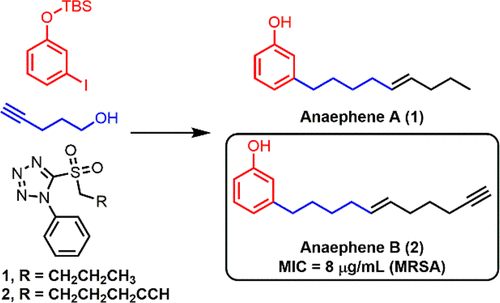Abstract: “Plants and algae conduct photosynthesis through chloroplasts, organelles descended from ancient endosymbiotic cyanobacteria. Despite the fundamental importance of endosymbiosis to the evolution of the eukaryotic cell, we have little practical understanding of how a bacterium was converted into an organelle. I am investigating the early stages of this endosymbiotic event in a laboratory setting by engineering eukaryote/prokaryote chimeras. This can be done by fusing a genetically tractable cyanobacterium with a model yeast cell to generate an endosymbiotic cyanobacterium which can survive and divide within the yeast cytosol. In this system, an auxotrophic cyanobacterium is inserted into a respiration-deficient yeast cell where it provides ATP and/or assimilated carbon (e.g. glucose) generated by photosynthesis. In return, the yeast cytosol provides an essential metabolite to the cyanobacterium. We have observed that mutant cyanobacteria can survive within yeast for multiple generations and can be engineered to enhance growth and longevity of the chimeras. I envision that the existing model may be further optimized to perform many downstream functions, including i) secretion of photosynthetic end-products, ii) host/symbiont protein exchange and iii) genome minimization and evolutionary studies.”
Engineering a photosynthetic yeast through endosymbiosis – transcript



